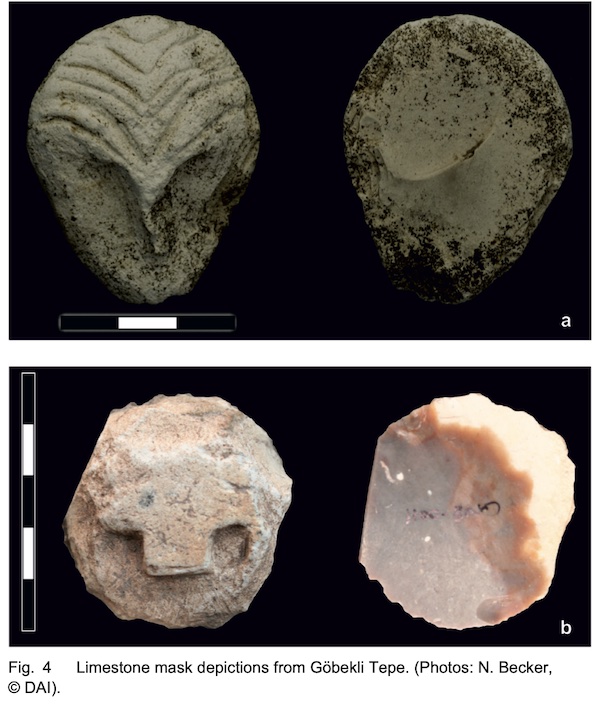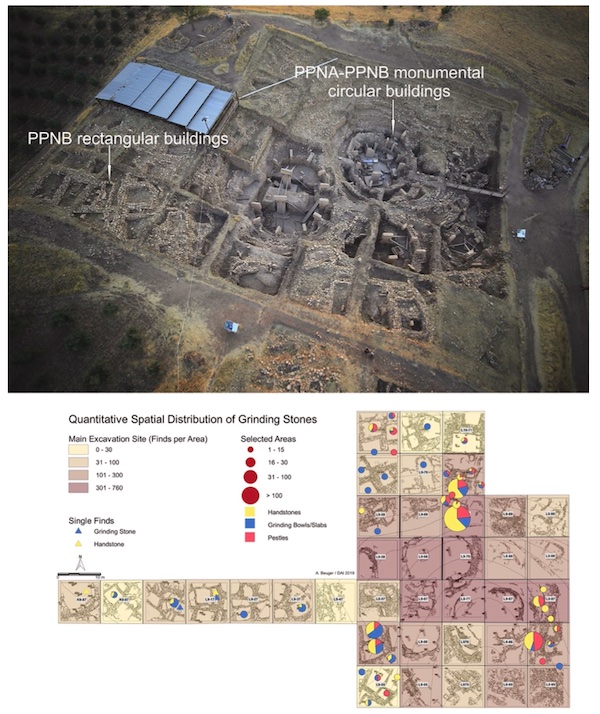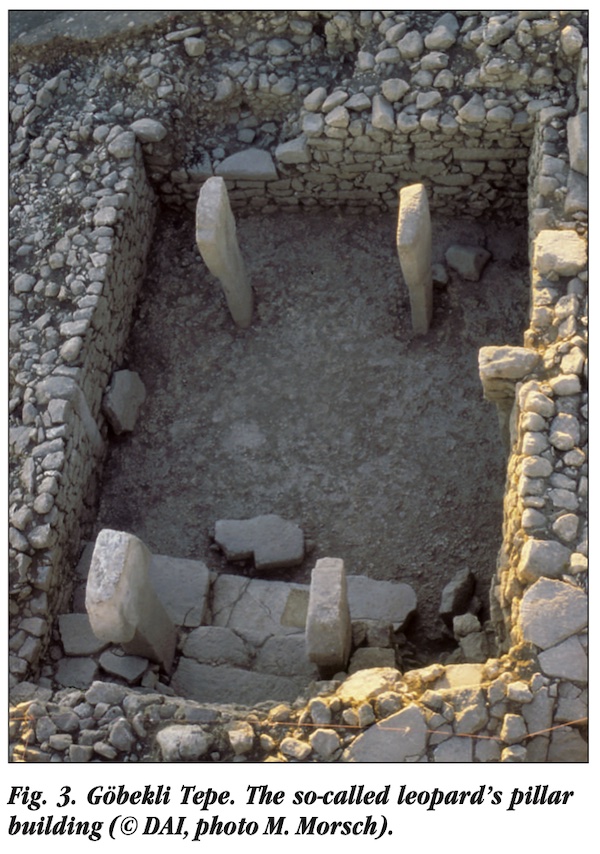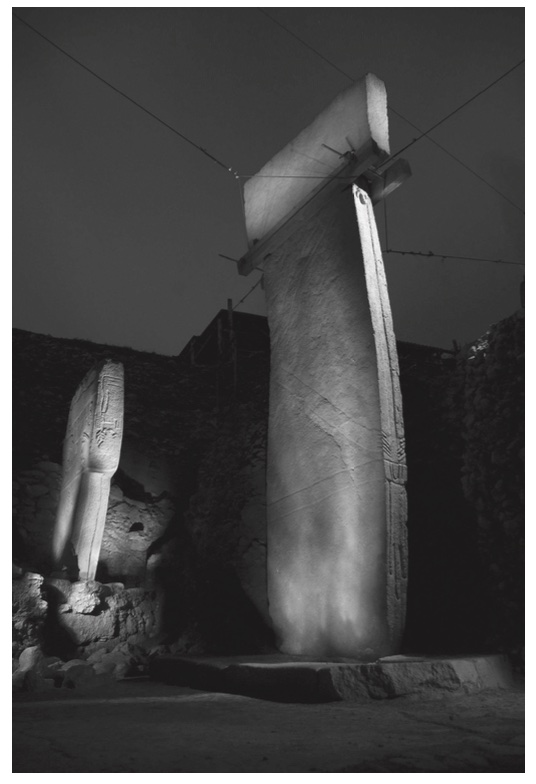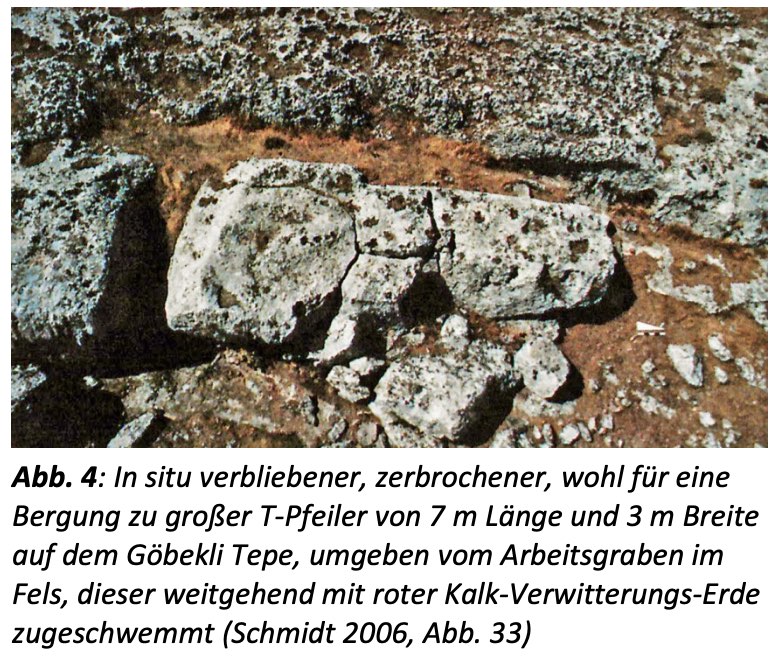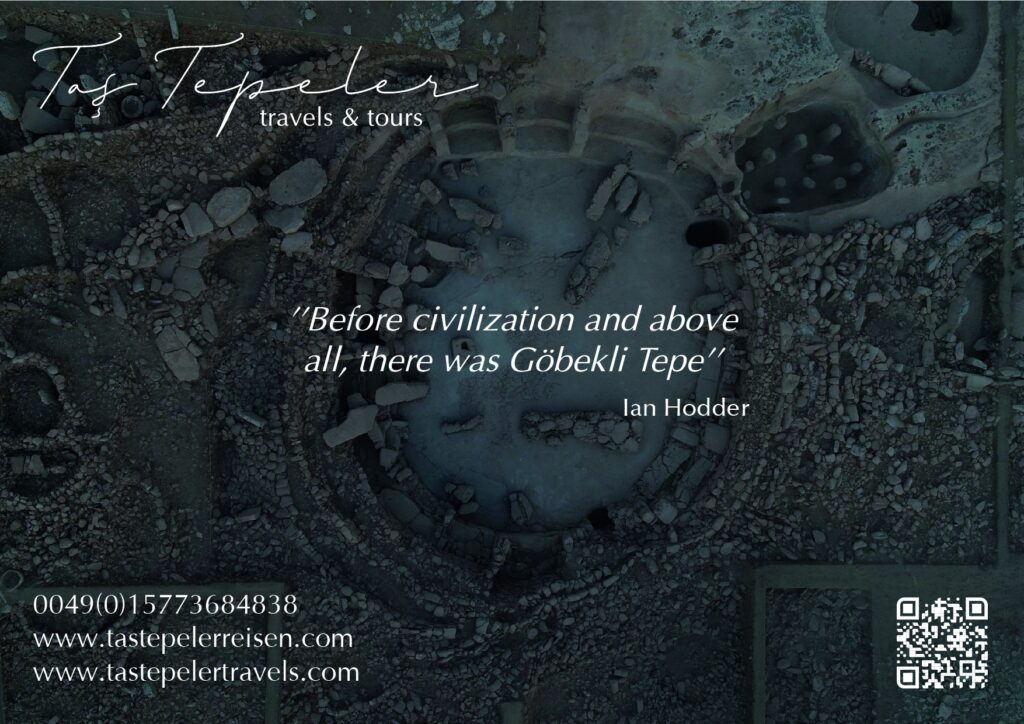A Clay Mask Depiction from Göbekli Tepe
Long before the extensive use of clay in households for the production of vessels and other items of daily use, clay was, in sundried or burned form, an important material to produce figurines. Anthropomorphic and zoomorphic clay figurines are a common occurrence in Pre-Pottery Neolithic (PPN) sites of the Near East (Morsch 2002, 2017; Hansen 2007: 57-94, 2014; Meskell 2007; Kuijt 2017). The find of an anthropomorphic figurine from Hayonim could hint at an even much longer tradition, reaching back into the Epipalaeolithic (Valla 2000: 25, Fig. 11). The quantity of figurine finds in PPN sites differs however, and this may not always be explainable by the size
Read More

